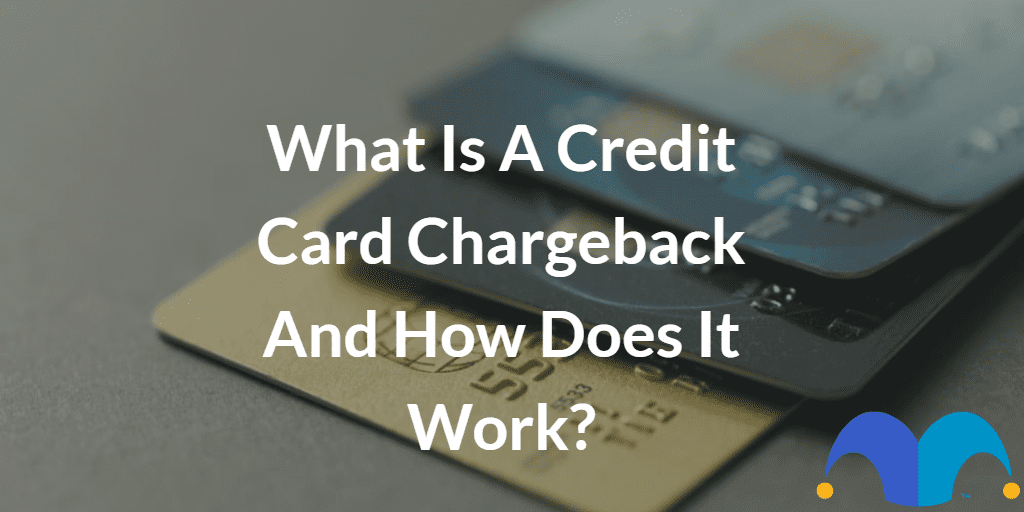Are you looking to get money back on an item or service purchased with your credit card? Section 75 of the Consumer Credit Act covers purchases between £100 and £30,000, through making the credit card issuer jointly liable with the retailer.
For spends outside this range – or if you’ve made a purchase with a debit card – then chargeback may help.
Although the chargeback process may seem daunting at the outset, it’s simpler and faster than many consumers realise. Read on to find out how to make a successful claim via chargeback!
What is credit card chargeback?
A chargeback is an action a bank can take to reverse payments. It applies to all debit and credit card transactions. It can be used to obtain a refund when a good or service has not been provided as expected.
Chargeback can be a worthwhile means of getting your money back on purchases when Section 75 of the Consumer Credit Act does not apply. For example, if you’ve bought an item or service costing less than £100 (or over £30,000). Or if you’ve paid by debit card.
When can you use a chargeback?
A consumer may wish to seek a refund for a variety of reasons, including:
- Poor quality of goods;
- Non-delivery of an item;
- Administrative error such as being charged multiple times for the same item;
- A supplier has ceased trading before supplying your order.
You should also consider making a chargeback claim if you’ve purchased goods or services through an ‘intermediary’ such as a travel agent. That’s because Section 75 of the Consumer Credit Act only applies if there is a ‘direct relationship’ between the buyer and seller of an item. So if you use a travel agent, then you’re more likely to be successful with a chargeback claim, rather than relying on Section 75.
How long does chargeback take?
Chargeback works differently than Section 75, since it seeks to obtain any money owed from a supplier’s bank rather than from the supplier itself. For this reason, a chargeback is likely to take longer to process than a Section 75 claim.
With this in mind, before commencing a chargeback, it’s a good idea to ask your supplier for a refund first. You can then start the chargeback process if they refuse this request.
As soon as you know you want to make a chargeback claim, contact your card issuer to say that you want to dispute the transaction. You must do this within 120 days of the purchase date.
How long it takes your credit card issuer to obtain the money from the supplier’s bank can vary. If you have not received a refund after a few months, then it may be worth making a complaint to your card issuer, who will have eight weeks to respond. If, for any reason, you are dissatisfied with the response, you may wish to escalate your complaint to the free Financial Ombudsman Service.
Chargeback v Section 75: which should you use?
Section 75 offers legal protection for credit card users, which card issuers must follow. In contrast, chargeback isn’t backed by law. As a result, Section 75 offers far better protection than chargeback.
That being said, chargeback is a tad more flexible as you can claim for any amount. Section 75, on the other hand, only covers you for goods or services exceeding £100 per item. To qualify for Section 75 protection, you must have also used a credit card for at least some of the payment.
It’s worth knowing that Section 75 can also be used for a longer period after purchase. For example, if an item stops working a couple of years after purchase, you may still be lucky by making a Section 75 claim. For a chargeback, you only have a 120-day window.
Bottom line on credit card chargebacks
Chargeback can be a useful means of getting your money back where the total cost of a good or service is less than £100. Additionally, it can be a really useful tool if you’ve used a debit card, rather than a credit card, to pay.
Chargeback may also come up trumps for claims where you did not have a direct relationship with the supplier.
